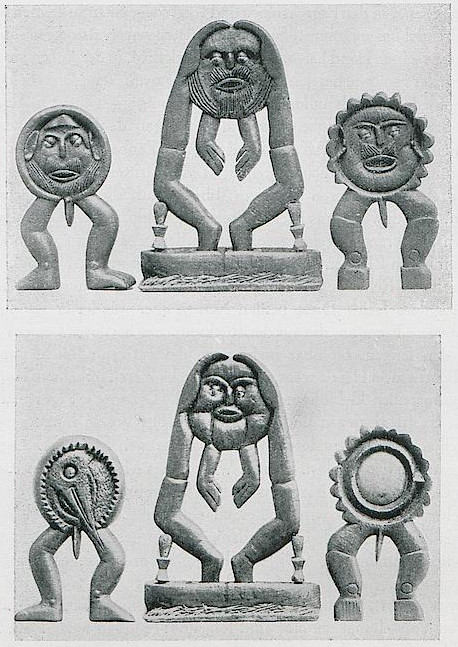Shulamith Firestone: Airless Spaces (1998)
Filed under fiction | Tags: · class, depression, gender, memoir, mental illness, psychiatry, race, schizophrenia

“A collection of short stories, set among the disappeared and darkened sectors of New York City, about characters who fall prey to an increasingly bureaucratized poverty.
In 1970, at the age of twenty-five, Shulamith Firestone wrote and published The Dialectic of Sex, immediately becoming a classic of second wave feminism across the world to this very day. It was one of the few books that dared to look at how radical feminism could and should shape the future; and one whose predictions (the cybernetic revolution, for example) proved startlingly prescient of issues today.
Airless Spaces, Firestone’s work of fiction, is a collection of short stories written by Firestone as she found herself drifting from the professional career path she’d been on and into what she describes as a new “airless space.” These deadpan stories, set among the disappeared and darkened sectors of New York City, are about losers who fall prey to an increasingly bureaucratized poverty and find themselves in an out of (mental) hospitals. But what gives characters such as SCUM-Manifesto author Valerie Solanas their depth and charge, is their the small crises that trigger an awareness that they’re in trouble.”
Publisher Semiotext(e), New York, 1998
Native Agents series
ISBN 1570270821, 9781570270826
160 pages
Reviews: Sianne Ngai (Arcade, 2012), Sands Murray-Wassink (2014).
Commentary: Susan Faludi (The New Yorker, 2013).
Publisher
Distributor
WorldCat
Hans Prinzhorn: Artistry of the Mentally Ill: A Contribution to the Psychology and Psychopathology of Configuration (1922–) [DE, EN]
Filed under book | Tags: · art, outsider art, psychology, schizophrenia

“A book by psychiatrist Hans Prinzhorn, known as the work that inspired the emergence of art brut. It was the first attempt to analyze the drawings of the mentally ill not merely psychologically, but also aesthetically. Prinzhorn presents the works of ten ‘schizophrenic masters’, now housed in Prinzhorn Collection at the University Hospital Heidelberg, with in-depth aesthetic analysis of each and also full-color reproductions of their work.” (Wikipedia)
Publisher Julius Springer, Berlin, 1922
361 pages
English edition
Translated by Eric von Brockdorff from the Second German Edition
With an Introduction by James L. Foy
Publisher Springer, 1972
ISBN 9783662009185
274 pages
Review: Aaron H. Esman (JAPA).
Bildnerei der Geisteskranken (German, JPGs/HTML/PDF, 1922)
Bildnerei der Geisteskranken (German, 5th ed., 1922/1997)
Artistry of the Mentally Ill (English, 18 MB, added on 2016-1-9)
See also John M. MacGregor’s The Discovery of the Art of the Insane (1989).
Comment (0)Viktor Tausk: On the Origin of the “Influencing Machine” in Schizophrenia (1919/1933)
Filed under paper | Tags: · influencing machine, machine, psychiatry, psychoanalysis, schizophrenia

“On the Origin of the ‘Influencing Machine’ in Schizophrenia is a highly influential article written by psychoanalyst Viktor Tausk.
The paper describes Tausk’s observations and psychoanalytic interpretation of a type of paranoid delusion that occurs in patients diagnosed with schizophrenia. The delusion often involves their being influenced by a ‘diabolical machine’, just outside the technical understanding of the victim, that influences them from afar. It was typically believed to be operated by a group of people who were persecuting the individual, whom Tausk suggested were “to the best of my knowledge, almost exclusively of the male sex” and the persecutors, “predominantly physicians by whom the patient has been treated”.
These delusions are known in contemporary psychiatry as ‘passivity delusions’ or ‘passivity phenomena’ and are listed among Kurt Schneider’s ‘first rank’ symptoms which are thought to be particularly diagnostic of schizophrenia, and still form some of the core diagnostic criteria.” (from Wikipedia)
Originally published in the journal Internationale Zeitschrift für Psychoanalyse, 1919.
Translated from German by Dorian Feigenbaum
Published in Psychoanalytic Quarterly, 2, 1933, pp 519-556
Republished in Journal of Psychotherapy Practice and Research, Vol 1, No 2, Spring 1992, pp 184-206
Image courtesy Zoe Beloff
artwork by Zoe Beloff inspired by the case (2001)
animated video by Brooke Gladstone and Benjamin Arthur explaining the case (2011)
article by Christopher Turner (Cabinet, 2004)

